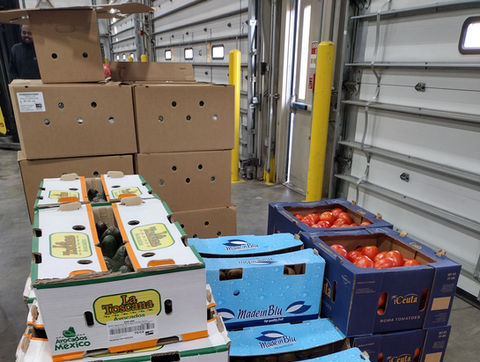


.jpg)

Our Fundraisers
$5K Rapid Response Fund
Meeting this goal will ensure we can continue reaching families without interruption and expand our ability to respond quickly when needs arise.
Our Mission
Hope for Every Living Person Inc., is a 501(c)(3) charitable organization committed to working in deep partnership with mission-aligned founders to dismantle systemic barriers and build stronger, more resilient communities.
By addressing the root causes of poverty—such as food insecurity, lack of job training and readiness, and unstable housing—we create scalable models of success that uplift individuals and families.
H.E.L.P., INC. inspires and instills within people the desire to fulfill their potential in life with dignity, belonging, and a belief in their greater destiny.
News & Updates
Our Programs
We work alongside our community to address underlying challenges offering programs that empower families and create meaningful, lasting change.

Food Security
Providing access to nutritious food through community partnerships and food distribution.
Workforce Training
Equipping individuals with the skills and resources needed to secure stable, living-wage employment.
Community Building
Fostering connections and resilience through neighborhood initiatives and leadership development.

Free Food Wednesday
Each Wednesday, we distribute and provide fresh, nutritious food to individuals and families in need. Our goal is to ease the burden of hunger and ensure that no neighbor goes without a healthy meal. Together, we can nourish hope and strengthen our community.
Location: F Street & Westmoreland
Philadelphia, PA 19134
Day & Time: Every Wednesday, 9am - 12pm
Ways to Get Involved
Donate Now
In-Kind Donations
Your gifts of clothing, food, toiletries, vehicles, and other essentials make a real difference. Every item helps us support families with dignity and care.
Volunteer
Be the hands and heart of our mission. By sharing your time, skills, and compassion, you’ll help bring comfort, hope, and support to neighbors who need it most. Together, we can make every act of service count.
Partner With Us
We believe change happens when we come together. By partnering with us, you join a community of caring people and organizations working side by side to lift up families and strengthen our neighborhoods.

Our Impact
Together, we're making a measurable difference in communities across the Philadelphia.
100K+
pounds of food distributed
2,000+
Families Served
15+
Community Partners























